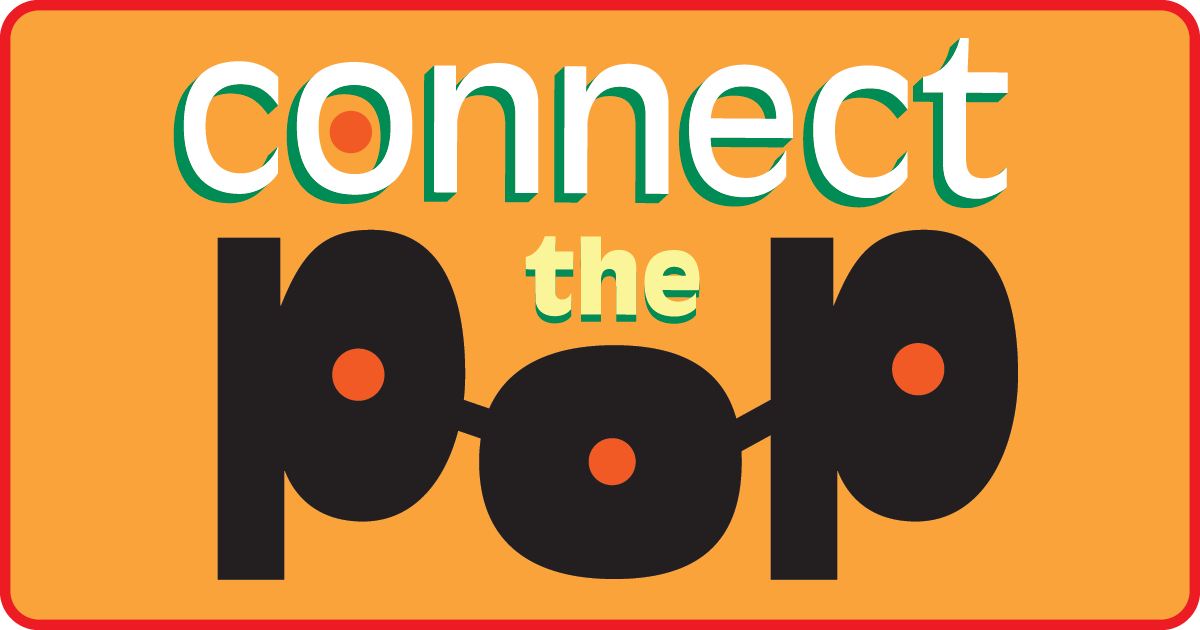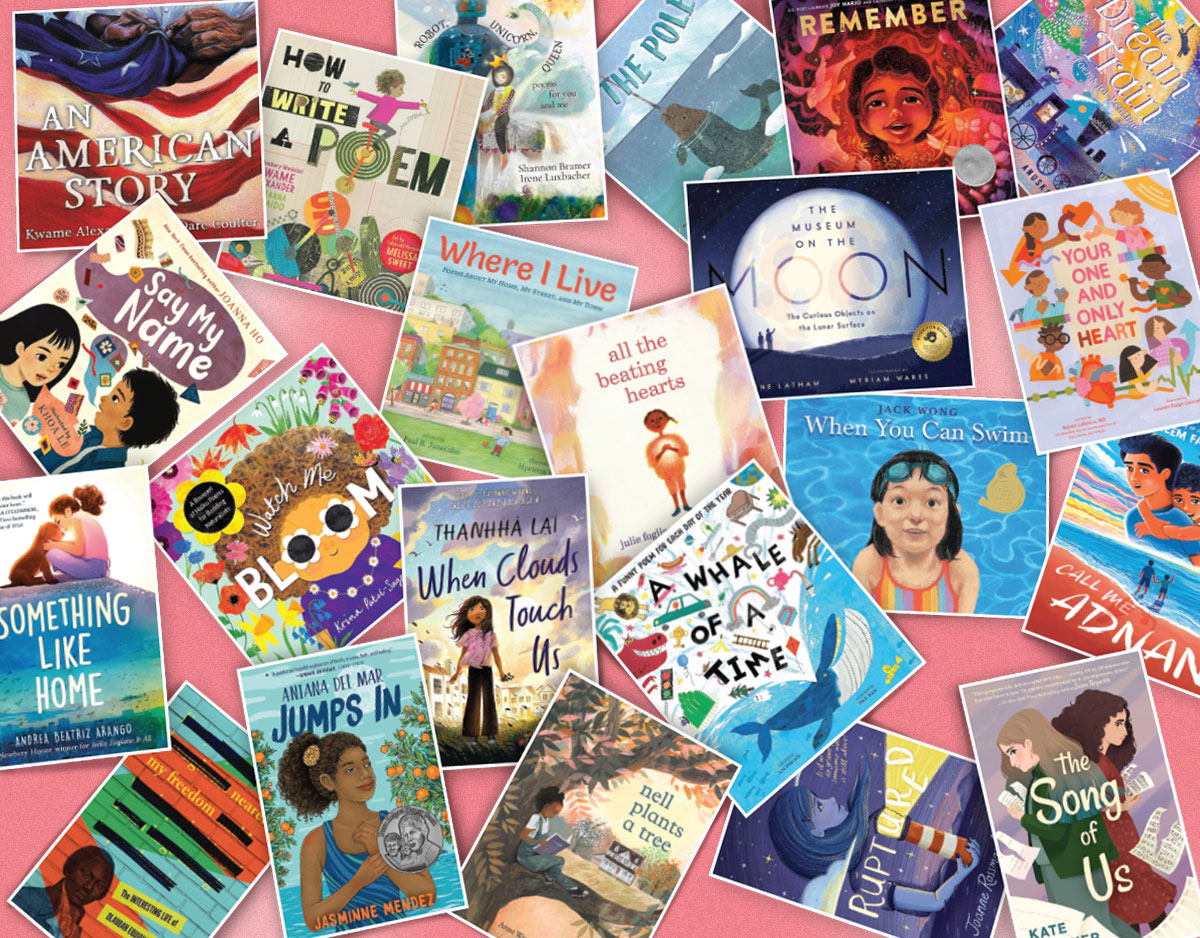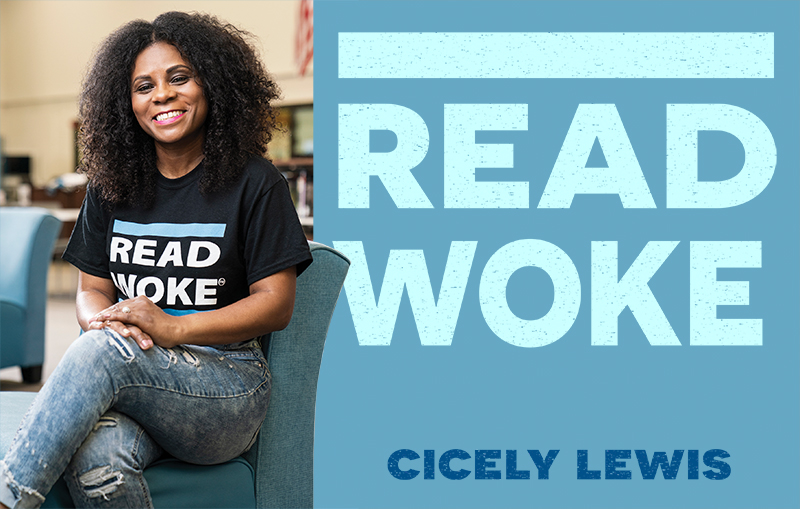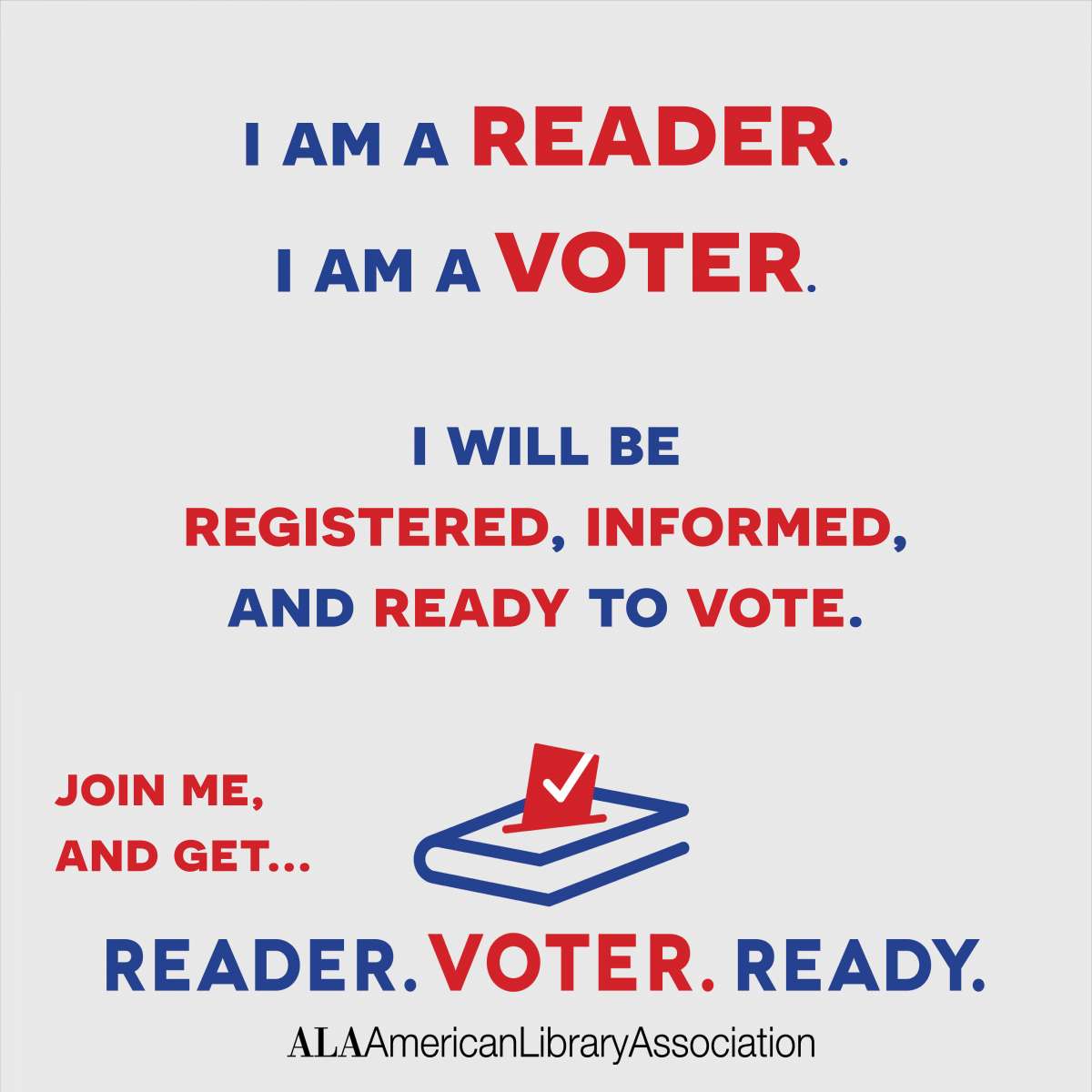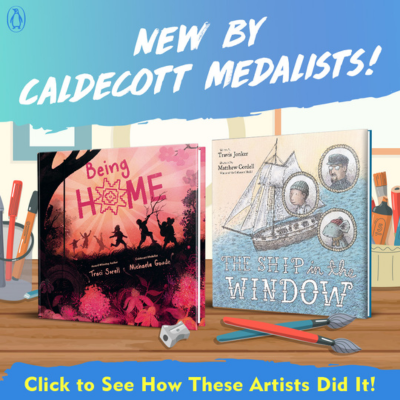SCROLL DOWN TO READ THE POST
Guest Post by Caitlin Plovnick: The Universe Behind The Universe
 I love the idea that every comic is a window into some massive, unreachable world that mainly exists in the minds of its creators and readers. To be able to share and explore an imaginary world with others is both intimate and strange, a uniquely thrilling way to connect to real people (even when it manifests as an internet flame war).
I love the idea that every comic is a window into some massive, unreachable world that mainly exists in the minds of its creators and readers. To be able to share and explore an imaginary world with others is both intimate and strange, a uniquely thrilling way to connect to real people (even when it manifests as an internet flame war).
 The pages of ElfQuest offered me a world of two moons that seemed much richer and more vivid than my own junior high, and a survey of my remaining old notebooks reveals pages bursting with doodles and invented names for elves, interspersed with the very occasional class-related note. I spent my college years seeking out and poring over the British comic series Sleaze Castle, deciphering secret codes and searching for hidden clues in the artwork. Crack open any mainstream superhero comic, and you’re offered a glimpse into a vast, maddening mythology with its own pantheon and complicated history.
The pages of ElfQuest offered me a world of two moons that seemed much richer and more vivid than my own junior high, and a survey of my remaining old notebooks reveals pages bursting with doodles and invented names for elves, interspersed with the very occasional class-related note. I spent my college years seeking out and poring over the British comic series Sleaze Castle, deciphering secret codes and searching for hidden clues in the artwork. Crack open any mainstream superhero comic, and you’re offered a glimpse into a vast, maddening mythology with its own pantheon and complicated history.
ADVERTISEMENT
ADVERTISEMENT
The insane thing about all of the fantastical worlds I love to visit through comics is that they are all made and sustained by real, regular people. All of that magic is made by mortals. Entertainment doesn’t just happen when I summon it; there’s a whole ecosystem of writers, artists, publishers, editors, distributors and countless others whose efforts combine to put a comic book in front of my face. This world is largely unknown to casual readers, even though it ultimately impacts the material they enjoy.
Recently the comics industry has been abuzz with creator’s rights issues, as major companies grapple with the heirs of those who created the characters that made them famous, and the bewildering fact that one can create something without legally owning it leads to an uncertain future for creators. As many traditional comic book writers and artists did their most famous work on spec, the need has arisen for charities such as The Hero Initiative to take care of financially strapped, ailing creators. While it may not be necessary to know about any of this in order to find and enjoy entertaining comics, what creators and publishers decide now will have an impact on future work.
 By providing graphic novels and other literature, libraries serve as a gateway to the fantastic worlds contained within them. On top of providing information, librarians are also tasked with educating patrons on how to evaluate information so that they can make informed decisions on how to use it. This should extend to entertainment as well.
By providing graphic novels and other literature, libraries serve as a gateway to the fantastic worlds contained within them. On top of providing information, librarians are also tasked with educating patrons on how to evaluate information so that they can make informed decisions on how to use it. This should extend to entertainment as well.
The passionate curiosity and desire to know more that comes from being sucked into a great fictional world is also an opportunity to engage critical thought about where that world comes from. When we provide graphic novels and comics, we should also be prepared to introduce curious readers to information about their history, how they are produced and who produces them. Marc Tyler Nobleman’s books about the creators of Batman and Superman, discussed earlier on this blog, might pique the interest of young readers who already love those characters. The Comic Book History of Comics serves as another fun introduction to the strange stories behind the comics industry.
For those readers who aspire to create their own comics, this information is also worth providing. In some ways it is easier than ever before to publish one’s own work, but this is where an understanding of issues that creators have traditionally faced can also empower young would-be creators.
Learning about real-life creators and industry issues might not sound terribly fun, but there are stories and lessons there as crazy and compelling as any work of fantasy. Recently I decided it was time for a nostalgic re-reading of my old love ElfQuest, all of which is now serialized online. This time, however, I found myself drawn more to the letters pages and editorials at the end of each issue. Taken together, these told a story of a tumultuous time in comics publishing, and the various challenges encountered by the books’ creators in their own quest to tell their story. It was a glimpse into a hidden universe that I had never noticed before, even though I live there.
***
 Caitlin Plovnick is a librarian in California, most recently at UC Irvine with the unwieldy title “Temporary Information Literacy Assessment Librarian.” She has also worked with comics from many angles, including retail, publishing, distribution and creation. She has written about graphic novels from the library side of things for Diamond BookShelf and No Flying No
Caitlin Plovnick is a librarian in California, most recently at UC Irvine with the unwieldy title “Temporary Information Literacy Assessment Librarian.” She has also worked with comics from many angles, including retail, publishing, distribution and creation. She has written about graphic novels from the library side of things for Diamond BookShelf and No Flying No
Tights.
Filed under: Comics, Fandom, Media Literacy
About Peter Gutierrez
A former middle school teacher, Peter Gutierrez has spent the past 20 years developing curriculum as well as working in, and writing about, various branches of pop culture. You can sample way too many of his thoughts about media and media literacy via Twitter: @Peter_Gutierrez
ADVERTISEMENT
SLJ Blog Network
One Star Review, Guess Who? (#202)
Review of the Day: My Antarctica by G. Neri, ill. Corban Wilkin
Exclusive: Giant Magical Otters Invade New Hex Vet Graphic Novel | News
Take Five: LGBTQIA+ Middle Grade Novels
The Classroom Bookshelf is Moving
ADVERTISEMENT
ADVERTISEMENT

